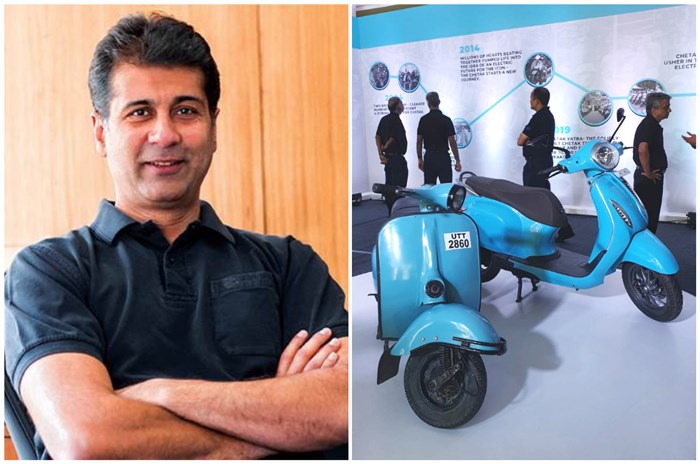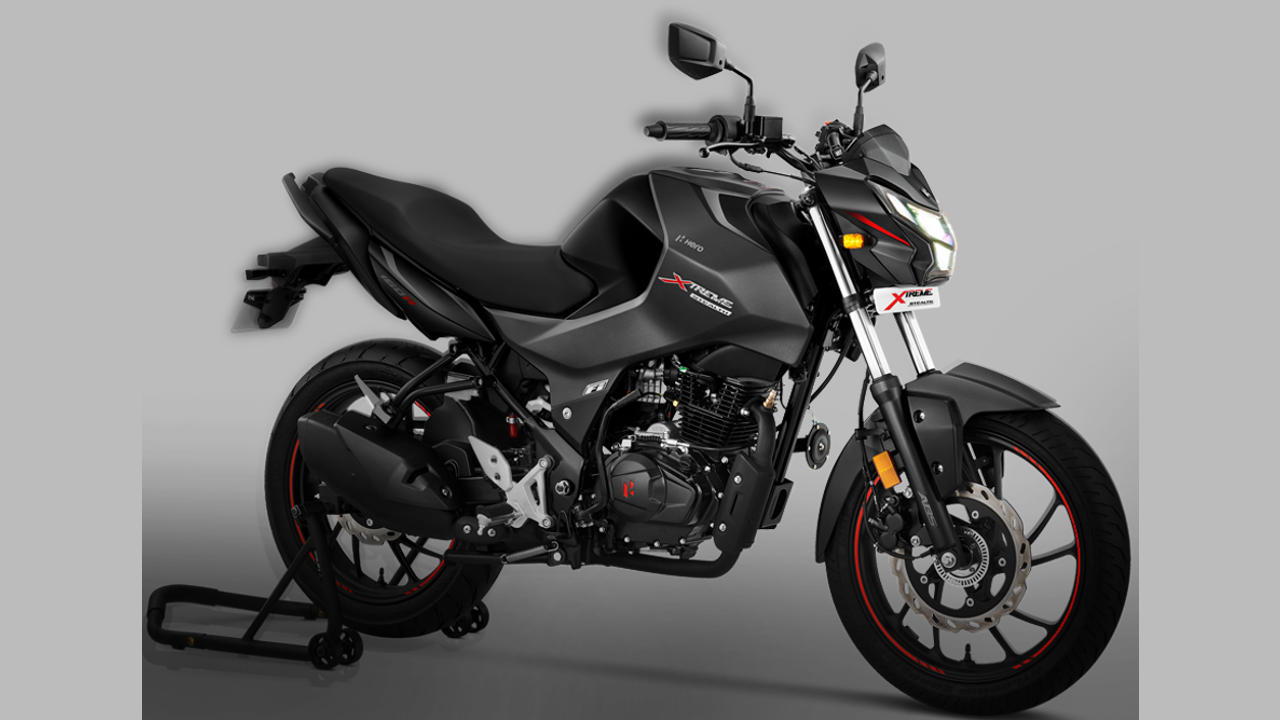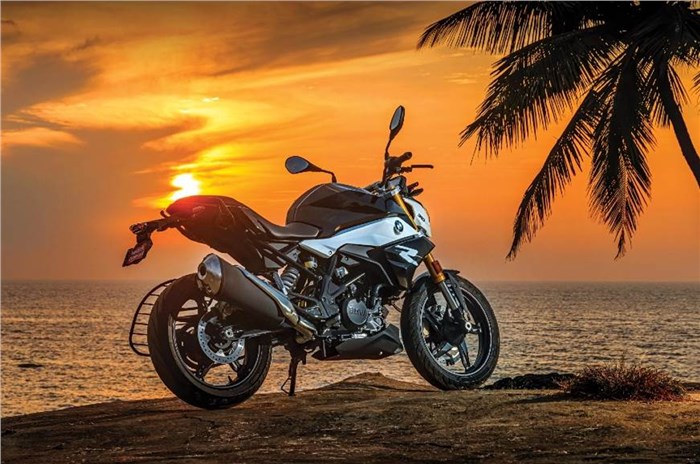Since its inception in 2017, the TVS Young Media Racer Program has become a permanent part of the TVS Racing calendar. This initiative aims to help young journalists and influencers in the country to improve their riding skills on the racetrack. Typically, the cut-off age for this program is 30 years, but the company made an exception this year, and allowed this 34-year-old motoring journalist to participate in the racing calendar.
Before we talk about the program, let me tell you why this was particularly challenging for me. Riding on a racetrack demands a completely different style than regular street routines. With very limited experience of riding on a racetrack, and almost conclusively riding on regular roads for all my life, I had to unlearn a lot of things, the most important being body positioning. But, there was a bigger fish to grill – and that’s the no brake drill.
The first thing that they teach at the TVS Young Media Racer Program is throttle control, which means riding around the racetrack without using brakes, and only relying on engine braking. Thus, things started slowly, with the first batch of riders being divided into three groups – each including five participants. To make things easy, TVS Racing officials marked spots across the track to help riders hit the apex efficiently and understand the racing line. Having a sufficient amount of knowledge about looking-where-you-want-to-go and throttle control gained over a decade and a half of riding a variety of motorcycles helped me tackle the first leg of the program efficiently. But now came the difficult bit – body positioning.
Now, all these years of riding on the streets meant that I would take corners consciously, not leaning too off the saddle – and this became part of my muscle memory. On the racetrack, however, one needs to lean far-off the saddle, gripping the fuel tank with the legs, while pressing the footpegs through the toes to corner as fast as possible. At first, I was convinced that I was leaning far enough and was very close to touching my knees to the ground. But the final pictures from the track were an ugly reminder that my street-riding habits were far off from being track ready – and this is the first thing I plan to address as soon as I get to the racetrack. Why not on the road right away? Applying learnings from the racetrack on the streets can make you a better rider. But trying to practice racetrack techniques can turn disastrous for both, the man and the machine. Meanwhile, let’s go to the next important bit – race start!
This can be a tricky bit if you aren’t accustomed to motorsports, and that’s where years of watching MotoGP came in handy. Sure, these motorcycles do not have sophisticated electronics such as launch control and anti-wheelie, and it’s all about the riders’ skills to have the most efficient start of the race. Lined up at the start line and awaiting the flag-off, I grabbed the clutch and opened the throttle to keep the revs at around 7,000rpm. This was much above the recommended 4,000rpm as suggested by our coach and former National Racing Champion, Harry Sylvester. Remember the throttle control that I developed with over a decade and a half of riding experience mentioned at the start of this report? This is where it all came handy – and I managed to have a promising start on both attempts.
The racing vertical of TVS Motor Company aimed to select 12 of the fastest riders from the 31 participants, but the performance compelled the jury members to extend the list to 16 competitors. Now, I was completely assured of the fact that I would not make it to the top three riders – especially when there were some experienced names on the list. But with nearly 10 names out, I was concerned if I would make it to the final list. The aforementioned extension of the grid just helped me make it into the final list, achieving the 13th position in the final selection.
At 2 minutes and 31 seconds, I was a full 12.5 seconds behind the fastest riders. Now, covering this time gap will take decades of practice, and thus, I am not even considering making it to the top three riders at the end of this racing season. But my goal isn’t about competing against others, but with myself, trying to become a better rider at the end of the season. And I have something that many of my fellow competitors lack on the racetrack – room for improvement, and a lot of it. So do come back at the end of this racing season to find out if I, indeed, become a better rider.



